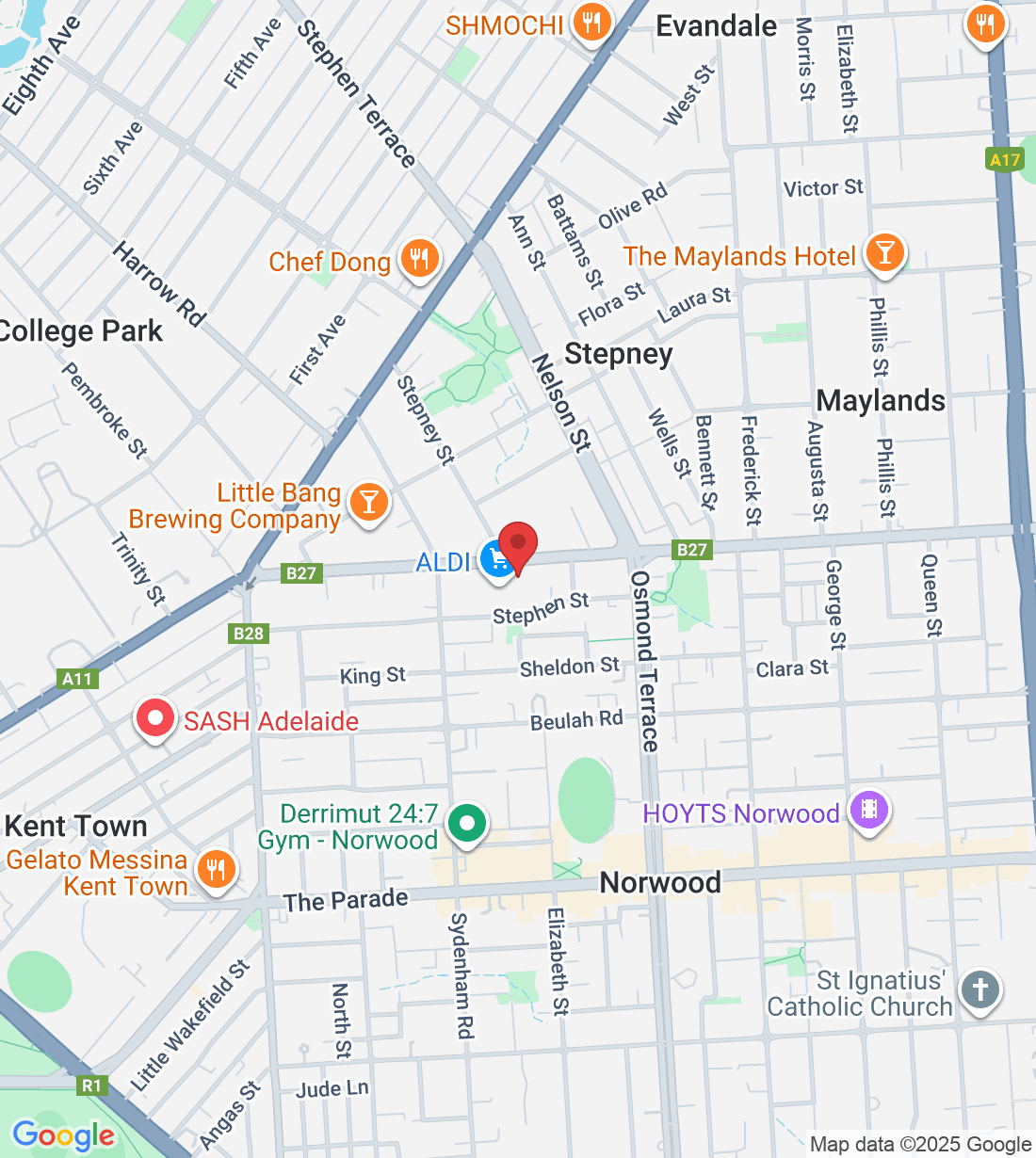
Breaking the Silence: Understanding Vaginismus
It is estimated that roughly 1 in 10 women in Australia will be affected by vaginismus and yet it is a condition that many women have never heard of. It is often left undiagnosed and untreated, and can have significant impact on relationships, self-esteem and emotional well-being.
What is Vaginismus?
Vaginismus is a recurrent and persistent involuntary spasm of the pelvic floor muscles. When the muscles around the entrance of the vagina tighten and spasm it can cause pain, discomfort and restrict the opening to the vagina. This can create the feeling that the vaginal entrance is shut and makes penetration difficult or impossible. Because of this, vaginismus causes difficulty with sexual intercourse or other kinds of penetration such as using a tampon or a gynaecological examination. Trying to push past this muscle spasm can be incredibly painful.
Common symptoms can include:
Pain with penetrative sex, often accompanied by tightness and a burning, stinging sensation
An inability to have penetrative sex due to a ‘brick wall’ sensation or a feeling that there isn’t enough space in the vagina
Pain or difficulty using a vibrator internally
Being unable to use a tampon or other menstrual products
Pain or an inability to tolerate a vaginal or gynaecological examination
Primary vaginismus – occurs when the person has always had difficulty, or pain and tightness when inserting something into the vagina. Often this doesn’t become apparent until they attempt to use a tampon or have penetrative sex for the first time.
Secondary vaginismus refers to someone who has previously had no issues with pain and tightness with penetration, but these symptoms have developed later over time.
What causes Vaginismus?
The reactive tightening and spasm of the pelvic floor muscles in vaginismus is involuntary and occurs in response to fear or a perceived threat. This is not to say that it’s “all in your head” or that the pain a person experiences isn’t real. Instead, the pelvic floor muscles and the brain develop a conditioned response against penetration that is almost automatic, in much the same way that you might flinch automatically if someone suddenly throws a sharp object towards your face!
This sort of response is excellent if there actually is a sharp object flying at your face, or immediate danger to your vulvovaginal region. It becomes not so excellent if you end up flinching at someone throwing a ball hundreds of meters away from you, or if your pelvic floor tenses when you would actually just like to use a tampon or have sex with your partner.
Normally the brain sends out pain signals or causes muscles to tighten as a protective mechanism. In vaginismus, these two areas of the body get stuck in an ongoing pain cycle.
This pain cycle can be initiated and fuelled by physical or psychological factors, although often it is a combination of both.
Physical factors can include:
Inflammation or infection in the genital area (yeast infections, sexually transmitted infections, bacterial vaginosis)
Inflammation or infection of the urinary tract from recurrent urinary tract infections
Persistent pelvic pain conditions (endometriosis, interstitial cystitis or bladder pain syndrome)
A hypertonic or ‘tight’ pelvic floor
Vaginal dryness or vulval skin conditions (lichen sclerosis, psoriasis)
A traumatic, painful or difficult childbirth - vaginal deliveries and C-sections
Pelvic trauma (pelvic surgery or difficult pelvic examinations)
Psychological factors can include:
Fear due to trauma during childbirth or pelvic surgery
Negative beliefs or feelings of shame about sex or masturbation
A history of sexual assault or abuse
Previous experiences of painful sex or vaginal examinations
Fear of intimacy
Fear of pregnancy
Feeling self-conscious about the appearance of external and internal genitalia
Treatment Options
The reasons behind the development of vaginismus are often multifactorial and specific to the individual. As a result, treatment often involves a team of care providers that might include a gynaecologist, psychologist or sexologist and pelvic health physiotherapist.
A pelvic health physio will talk to you about your pain, why you might be experiencing it and why it behaves the way it does. They will use different tools and strategies to help you to reduce your pain and achieve pain-free penetration.
It can take time but many women can successfully achieve pain-free penetration with the right support and guidance.
Ask a question of Vital Core Physiotherapy
Fill in the form to request a Call From Our Team
One of our team will call you for FREE and answer any questions or concerns you may have about your condition
© 2023 Vital Core Physiotherapy





